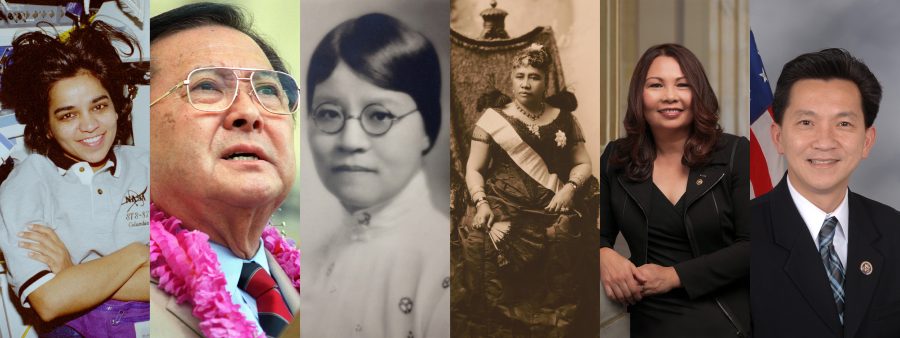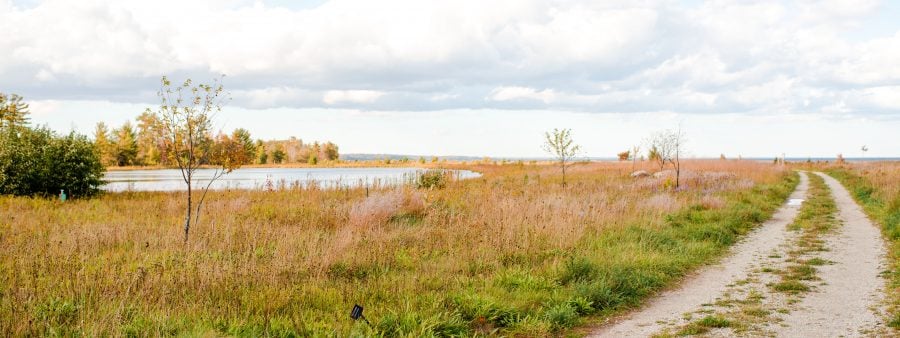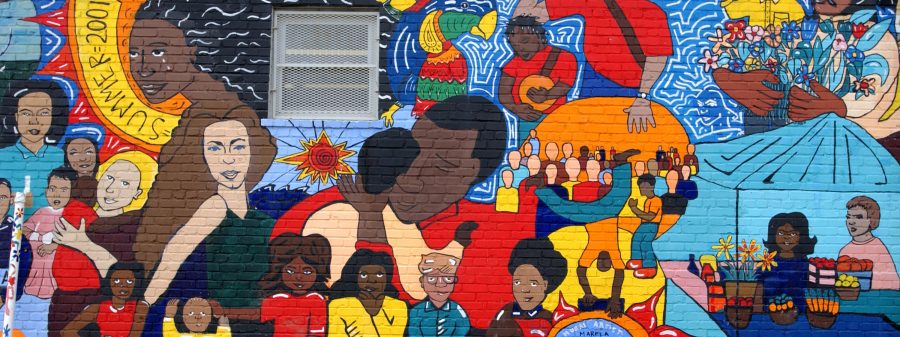
Each May, we honor Asian American, Native Hawaiian, and Pacific Islander Heritage Month, recognizing the rich mosaic of cultures, traditions, and valuable contributions from these diverse communities across the United States.

Each May, we honor Asian American, Native Hawaiian, and Pacific Islander Heritage Month, recognizing the rich mosaic of cultures, traditions, and valuable contributions from these diverse communities across the United States.

November is Native American Heritage Month, and like all of the United States, the Keweenaw Peninsula has been home to Indigenous peoples for thousands of years. The more recent inhabitants included those of several nations including the Dakota, Fox, and Menomonie. The most prominent nation in these lands before the incursion of Europeans was the Ojibwe. This heritage month is an opportunity for us to learn, share, and celebrate the culture of these first peoples.

November is National American Indian Heritage Month. Nationwide, there are 372 treaties and 13 supplements ratified between Native Americans nations and the US, which highlight the unique government-to-government relationship that has existed for centuries.
In 1915, Dr. Arthur C. Parker, a member of the Seneca Nation and director of the Museum of Arts and Science in Rochester, NY, advocated to set aside a day for the “First Americans.” Also in 1915, the annual Congress of the American Indian Association formally approved a plan concerning American Indian Day. We look back on these single days as the laying the groundwork for the heritage month of today. A number of presidents from Calvin Coolidge to Barack Obama have made proclamations regarding Native American heritage celebrations. And in 1990, President George H. W. Bush approved a joint resolution designating November as National American Indian Heritage Month.

I was born in Los Angeles, and in 1963 I experienced the greatest moment of my childhood when the Dodgers won the World Series in a four game sweep over the New York Yankees. The city was euphoric. Little did I know at the time that this joy was built on the pain of a once-vibrant Latinx community. Chavez Ravine would be the eventual site of Dodger Stadium. Through eminent domain and other coercive means, most of the ravine’s residents were dislocated for a housing project that eventually stalled. The land was later conveyed to the Dodgers in 1958. As a result, the authorities forcibly removed families from the homes built by their grandparents.